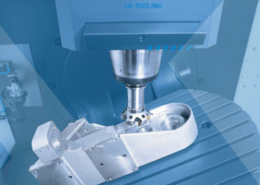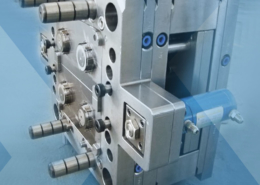
Exploring the World of Molded Plastic Products
Author:gly Date: 2024-06-08
Molded plastic products are ubiquitous in our daily lives, from the keyboard we type on to the chairs we sit on. Their versatility, durability, and cost-effectiveness have made them indispensable in various industries, ranging from automotive and electronics to healthcare and packaging. In this article, we delve into the fascinating world of molded plastic products, exploring their manufacturing process, applications, environmental impact, and future prospects.
Manufacturing Process
The manufacturing process of molded plastic products involves several steps, starting from the design phase to the final product. Initially, engineers create a mold based on the desired product's specifications using computer-aided design (CAD) software. Then, molten plastic is injected into the mold cavity under high pressure, where it cools and solidifies to form the desired shape. This injection molding technique allows for high precision and complex geometries, making it ideal for mass production.
Injection Molding
Injection molding is the most common method used for producing molded plastic products due to its efficiency and versatility. It enables manufacturers to produce large quantities of identical parts with tight tolerances and minimal waste. Moreover, advances in injection molding technology, such as multi-cavity molds and automation, have further improved production efficiency and reduced costs.
Blow Molding
Another widely used technique is blow molding, which is suitable for producing hollow objects such as bottles, containers, and automotive components. In this process, a molten tube of plastic, called a parison, is inflated into a mold cavity to form the desired shape. Blow molding offers advantages such as lightweight, uniform wall thickness, and seamless construction, making it ideal for packaging and container applications.
Applications
Molded plastic products find applications across various industries due to their versatility, durability, and cost-effectiveness. They are used in automotive components, consumer electronics, medical devices, household appliances, and packaging materials, among others.
Automotive Industry
In the automotive industry, molded plastic components are extensively used in interior and exterior parts, such as dashboards, bumpers, door panels, and lighting systems. Their lightweight nature helps improve fuel efficiency, while their durability enhances vehicle safety and performance.
Consumer Electronics
In consumer electronics, molded plastic parts are omnipresent, ranging from smartphone cases and computer keyboards to television enclosures and appliance housings. Their aesthetic appeal, durability, and customization options make them ideal for enhancing the functionality and design of electronic devices.
Environmental Impact
While molded plastic products offer numerous benefits, they also raise concerns regarding their environmental impact, particularly regarding plastic pollution and recycling challenges.
Plastic Pollution
The proliferation of single-use plastic products, such as packaging materials and disposable utensils, has contributed to the global plastic pollution crisis. Improper disposal and lack of recycling infrastructure result in plastic waste entering waterways, oceans, and ecosystems, endangering marine life and human health.
Recycling Challenges
Although plastic recycling efforts have increased in recent years, challenges such as contamination, sorting complexity, and limited market demand hinder the effective recycling of molded plastic products. Addressing these challenges requires collaborative efforts from policymakers, manufacturers, and consumers to promote recycling awareness and improve recycling infrastructure.
Future Prospects
Despite the environmental challenges associated with plastic products, ongoing research and technological advancements offer promising solutions for mitigating their impact and enhancing sustainability.
Biodegradable Plastics
The development of biodegradable plastics derived from renewable sources, such as cornstarch and sugarcane, holds significant promise for reducing reliance on conventional plastics and mitigating environmental pollution. These biodegradable alternatives offer comparable performance and functionality while minimizing ecological harm.
Advanced Recycling Technologies
Furthermore, the emergence of advanced recycling technologies, such as chemical recycling and pyrolysis, enables the conversion of plastic waste into valuable raw materials for manufacturing new products. These innovative approaches have the potential to revolutionize the plastics recycling industry and create a circular economy.
Conclusion
In conclusion, molded plastic products play a pivotal role in various industries, offering versatility, durability, and cost-effectiveness. However, their widespread use raises environmental concerns, necessitating concerted efforts to promote recycling and develop sustainable alternatives. By harnessing technological innovations and embracing circular economy principles, we can create a more sustainable future where plastic products coexist harmoniously with the environment.
This article provides a comprehensive overview of molded plastic products, from their manufacturing process and applications to their environmental impact and future prospects. As society continues to grapple with the challenges of plastic pollution and sustainability, understanding the complexities of molded plastic products is essential for informed decision-making and fostering innovation in materials science and engineering.
GETTING A QUOTE WITH LK-MOULD IS FREE AND SIMPLE.
FIND MORE OF OUR SERVICES:

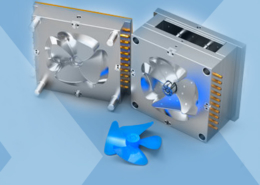
Plastic Molding
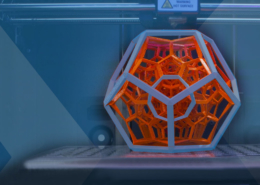
Rapid Prototyping
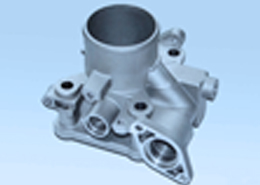
Pressure Die Casting
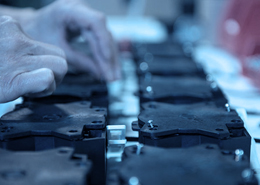
Parts Assembly
